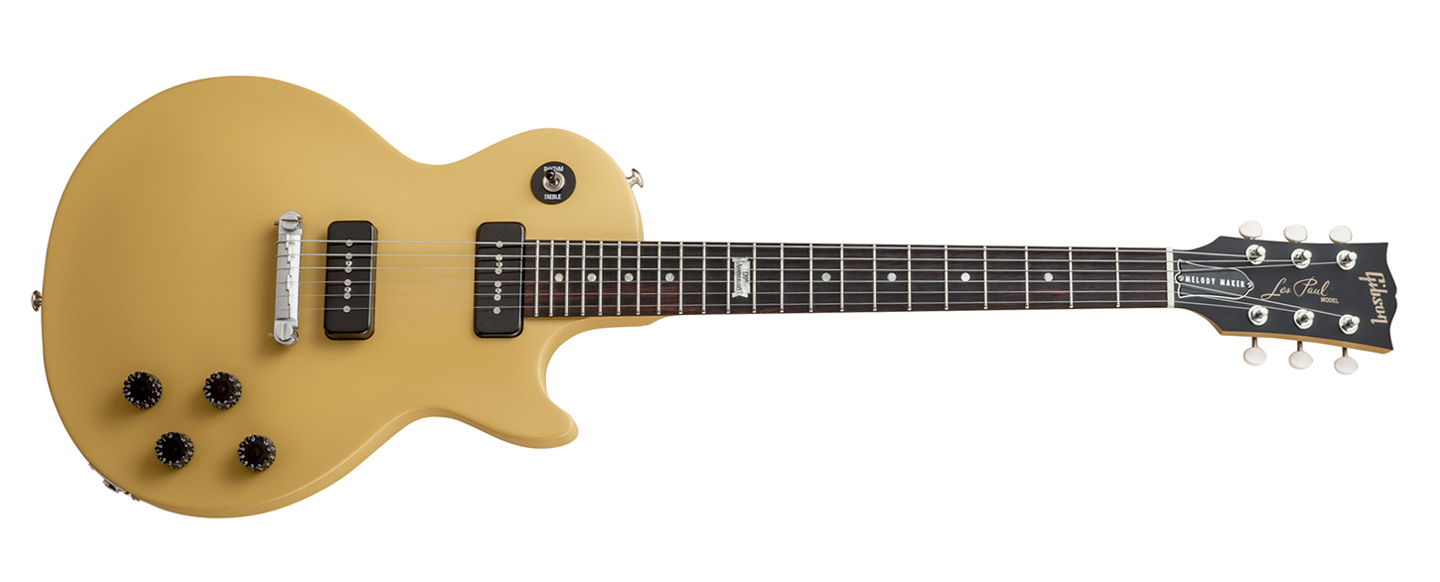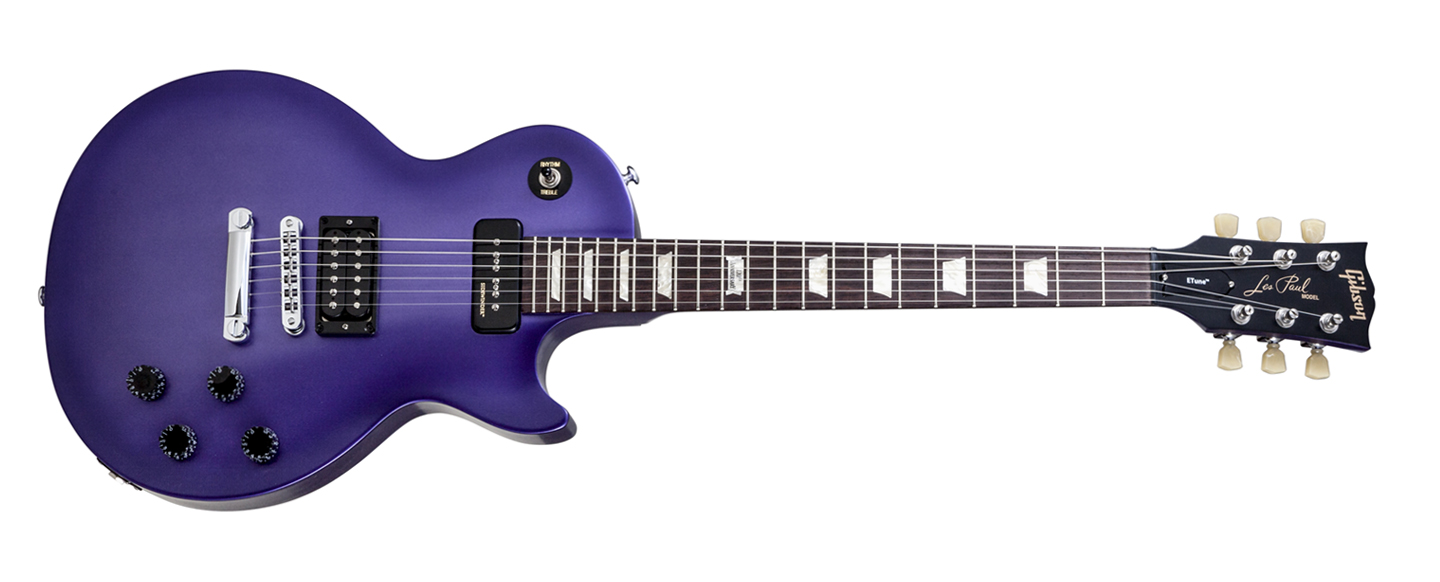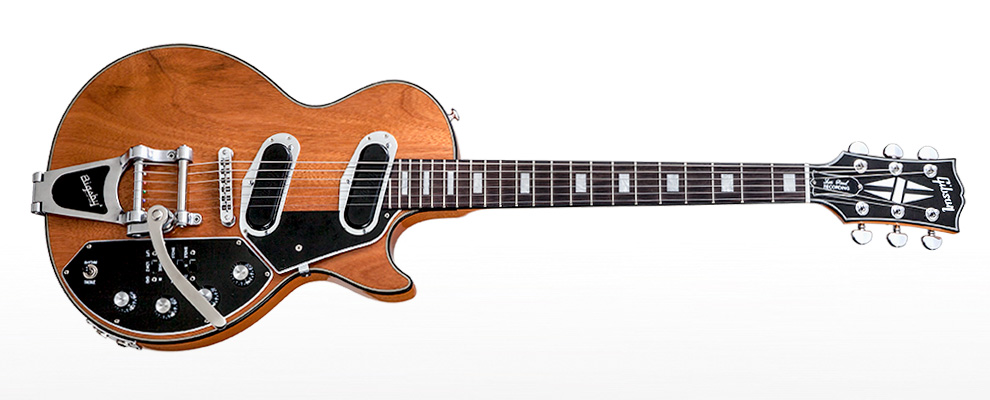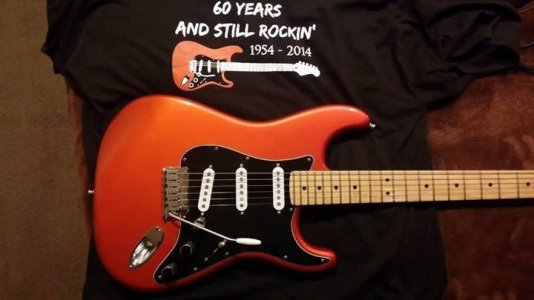DreX
New member
Re: I think I've been converted ... I'm a Strat-Man!
The most versatile electric guitar IMO (which mostly retains a stock appearance aside from different pickups) is an HHH Strat with the three humbuckers being medium to high output rails or SC sized HB's. Then for the controls, a push pull pot over the volume to enable B+N as we as B+M+N, and then a three+ gang 100K pot for the first tone knob, to perform variable splitting on all three humbuckers at once. Then for the third knob, a modified TBX control that does bass cut one way and treble cut the other.
It pretty much covers everything a Strat normally does, and does voicings associated with Les Pauls and Teles, and a lot more. The medium/high output middle humbucker even does a pretty good Lindsey Buckingham Model One tone. The nice thing about having such a versatile electric is that if you're in the middle a improv and the other musicians want to play something that calls for a humbucker tone and you happen to be using a Strat, you don't have to figure out how to make due with Strat tones, and vice versa. Then with a "spin a split" and bass+treble cut tone controls, if you're thinking "close, but not quite", they can get you that much closer to the perfect tone for the situation. The bass cut in particular is really good at solving problems that would require a trip over to the amp.
It also says something about Strats that HSH or HSS Strats and Super Strats are a common off-the-shelf items, but most Les Pauls and other historically HH guitar designs are only readily available, and popular, as HH guitars.
The most versatile electric guitar IMO (which mostly retains a stock appearance aside from different pickups) is an HHH Strat with the three humbuckers being medium to high output rails or SC sized HB's. Then for the controls, a push pull pot over the volume to enable B+N as we as B+M+N, and then a three+ gang 100K pot for the first tone knob, to perform variable splitting on all three humbuckers at once. Then for the third knob, a modified TBX control that does bass cut one way and treble cut the other.
It pretty much covers everything a Strat normally does, and does voicings associated with Les Pauls and Teles, and a lot more. The medium/high output middle humbucker even does a pretty good Lindsey Buckingham Model One tone. The nice thing about having such a versatile electric is that if you're in the middle a improv and the other musicians want to play something that calls for a humbucker tone and you happen to be using a Strat, you don't have to figure out how to make due with Strat tones, and vice versa. Then with a "spin a split" and bass+treble cut tone controls, if you're thinking "close, but not quite", they can get you that much closer to the perfect tone for the situation. The bass cut in particular is really good at solving problems that would require a trip over to the amp.
It also says something about Strats that HSH or HSS Strats and Super Strats are a common off-the-shelf items, but most Les Pauls and other historically HH guitar designs are only readily available, and popular, as HH guitars.







